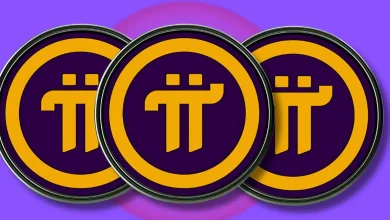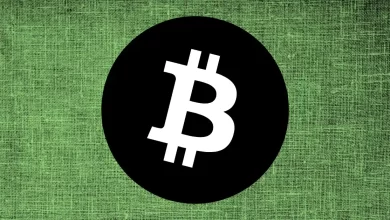Over 41% of Bitcoin owed to Mt. Gox creditors has been distributed, but there's been no significant selling pressure.
Most creditors are holding onto their Bitcoin, mirroring the broader trend of long-term Bitcoin holding.
The lack of selling suggests Bitcoin is seen as a valuable asset, even amidst market fluctuations.
As of July 24, more than 41.5% of the Bitcoin owed to Mt. Gox creditors has been distributed. This totals about 59,000 BTC out of 141,686 BTC, worth nearly $4 billion. Despite this major distribution, creditors aren’t rushing to sell. A recent Glassnode report shows that creditors who chose to receive BTC instead of fiat are mainly holding onto their assets.
So, what does this mean for the market? Are creditors waiting for the right moment to sell, or is there more to this situation? Let’s explore.
What This Means for the Market
Mt. Gox, which used to be a leading Bitcoin exchange handling over 70% of global Bitcoin transactions, collapsed in 2014 after a hack that led to the loss of 850,000 BTC. Since then, around 127,000 creditors have been waiting to get their funds back. The distribution, managed by Kraken, was completed on July 24, but there hasn’t been a noticeable increase in selling pressure on the exchange.
Why Are Creditors Still Holding On?
The Glassnode report suggests that most creditors are choosing to hold their Bitcoin, thanks to recent changes in Japanese bankruptcy law. This means that only a small portion of the distributed BTC is likely to be sold on the market. Glassnode’s analysis, although speculative, is backed by exchange data showing no significant rise in trading volume on Kraken after the distribution.
Long-Term Trends: The Rise of ‘Hodling’
The lack of significant sell-offs fits with a broader trend among Bitcoin investors. Despite Bitcoin’s price increasing by over 8,500% in the past decade, a large portion of Bitcoin remains held for the long term. Currently, over 65.8% of Bitcoin has been inactive for more than a year, and more than 54% has been dormant for over two years. This trend reflects a shift towards ‘hodling,’ or holding Bitcoin for the long term instead of selling.
In summary, even with the substantial distribution of Bitcoin to Mt. Gox creditors, the market hasn’t seen the expected selling pressure. The ongoing trend of long-term holding among investors suggests that Bitcoin continues to be seen as a valuable asset, even with market fluctuations.
Are we witnessing a pivotal moment in Bitcoin’s history? Stay tuned.






